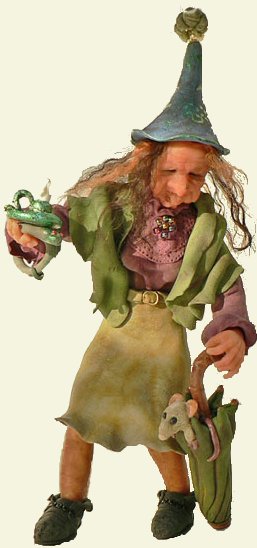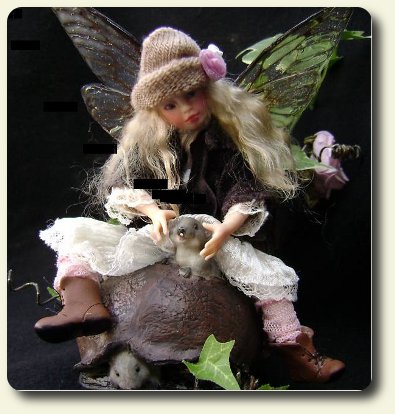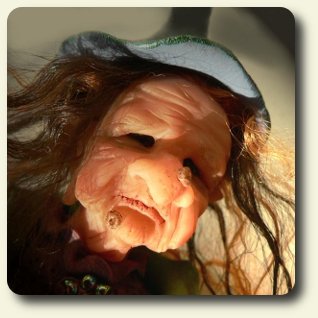



What is a celebration of all things green without a salute to the Emerald Isle and the leprechaun?
The leprechaun is an ancient and noble race in the world of the Fae. The history of the name "leprechaun" is divided, possibly coming from an old Irish word, "luchorpan" meaning little body, or from "leath bhrogan," meaning shoemaker - the leprechaun's stock in trade.
The more modern Irish term is leprechaun, means a pygmy, sprite or leprechaun.
The first written documentation of this magical, tricksy creature was in the 8th century story "Fergus mac Leiti" and the leprechauns weren't like the familiar small bearded men of today's art. They weren't even shoemakers. They were water spirits with great swimming skills and special powers involving water.
The tale begins with Ulster's King Fergus asleep on the seashore when the leprechaun snatch him up and hold him over the water for a bit of mischief. Somehow the clever king manages to capture three of the luchorpan and force them to give him the ability to swim underwater as well as great swimming skills.
 They agree but like all gifts associated with the fae it comes with a price: he must not swim in Lake Rudraige. This, of course, is the first place he goes, only to be hideously disfigured by the monster who lives in that lake. Since ancient Irish tradition declared that the king must be perfect in form Fergus no longer qualifies and loses his crown.
They agree but like all gifts associated with the fae it comes with a price: he must not swim in Lake Rudraige. This, of course, is the first place he goes, only to be hideously disfigured by the monster who lives in that lake. Since ancient Irish tradition declared that the king must be perfect in form Fergus no longer qualifies and loses his crown.
"Gifts" from the fae, whether freely given or swindled by a clever mortal, ALWAYS come with a price tag. Dealings with more modern versions of the leprechaun is no different. Leprechaun, like many other faery creatures, are generally documented as neither good nor evil but capable of plenty of mischief that never turns out well for the human involved.

That elusive pot of gold has been awarded to very few mortals through the ages, most discover it has turned to a pot of leaves or ash when they try to spend it.
Leprechauns want to part with their treasure about as much as the average mortal does. But they have special tricks to help them keep theirs! These little shoemakers are full of cunning, traditionally carrying two pouches at their waist in addition to their elusive hidden pot of gold.
One pouch contains a silver coin and the other a gold - the first for "payment" for any service that vanishes from the till to return to the leprechaun's leather pouch at first opportunity and the second as a bribe to get himself out of trouble. Like the silver coin though, it is fool's gold and turns to ash or leaves once the leprechaun pays it out.
Continue the Article
Copyright© 2010
Custom Dolls, Houses & Miniatures / CDHM








